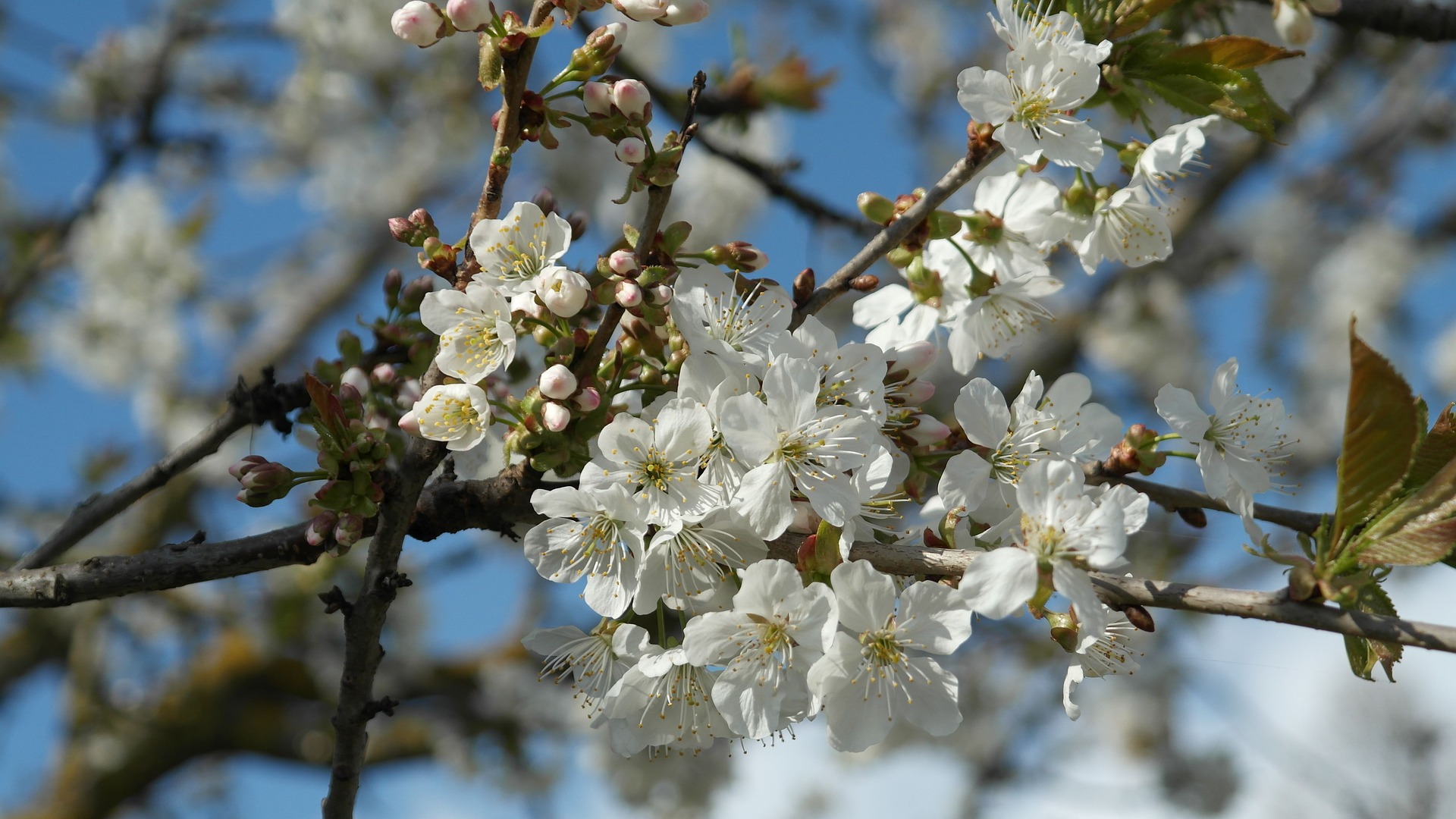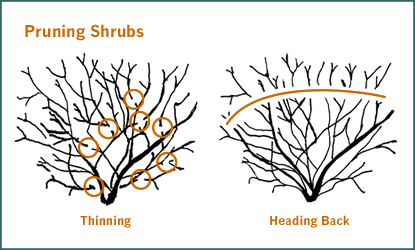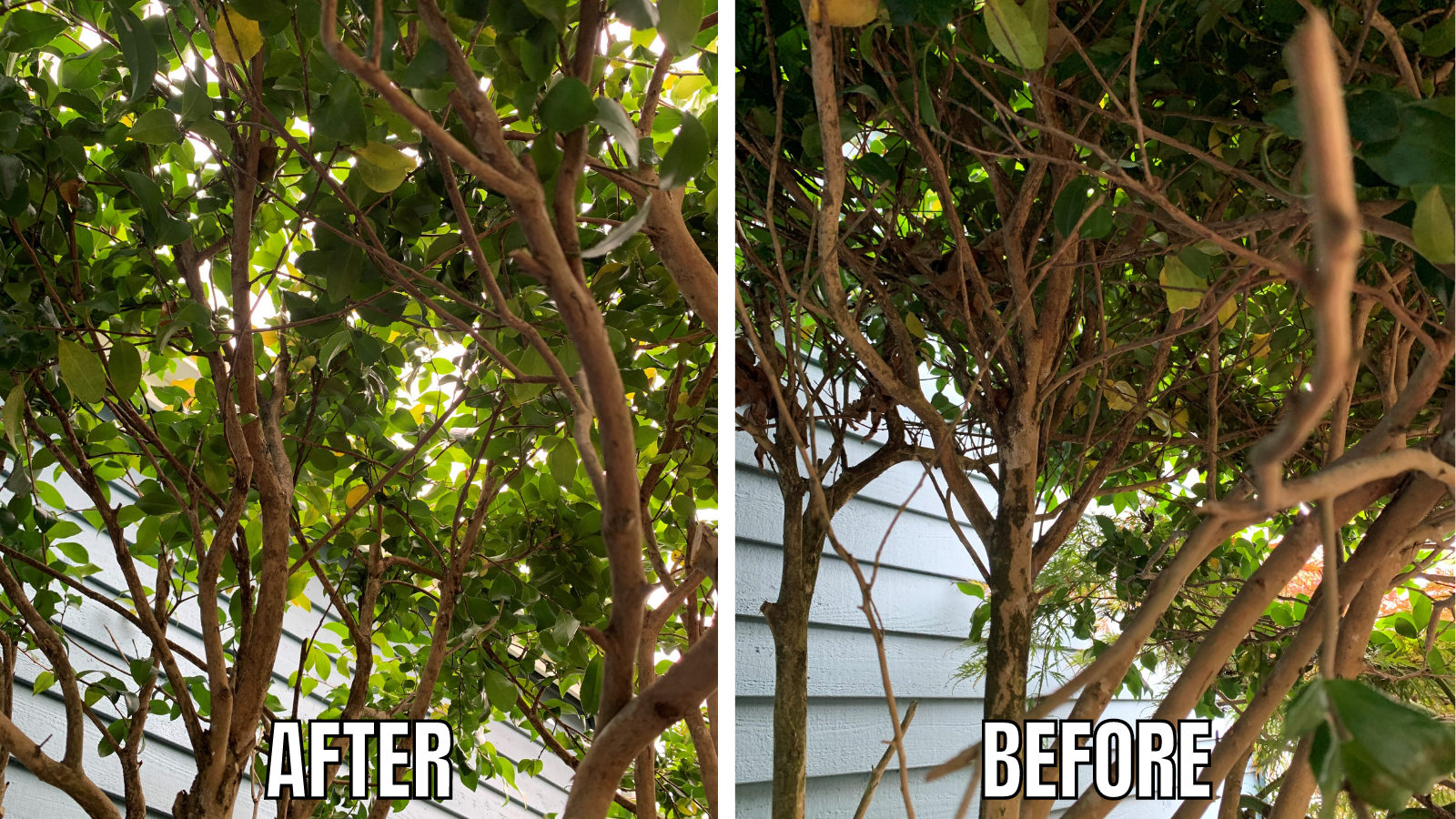
Let’s Talk Pruning!
CONTAINED
BRILLIANCE
Container Garden Pruning 101
BRRR! It’s cold outside. How are you spending your time during these cold, dark, February days? A fair amount of my time has been spent indoors dreaming up future container plantings for spring but I’ve also been kicking around my yard, lightly pruning my Diane Witch Hazel, bringing in the branches and placing them in the darker corners of my home while enjoying their sweet fragrance. In a few weeks, I’ll do the same with my flowering Quince and Magnolia to extend my enjoyment of their bloom time as well. You too can bring in some pruned branches from one of your favorite spring blooming shrubs in your yard, make a beautiful arrangement, and coax them to flower in the warmth of your home. Shrubs like Witch Hazel, Forsythia, Flowering Quince, Sarcococca, Magnolias and Lilacs are all wonderful for this—they will not only brighten up a dark winter day but add intoxicating fragrance.
This type of pruning is best done lightly and when the branches have plump buds in late winter, early spring. Often, the upper branches of most shrubs, which tend to receive more sunlight than the rest of the plant, will have the most flowering buds. This makes them the best choices to prune and bring inside.

A few things to consider and keep in mind when pruning....
The Goal of Pruning
Knowing your goal for pruning will help you determine how to approach the plant. Is it to force spring flowers, improve the health of the plant, create a specific shape, reduce its size, make it tidier? Ninety percent of the time, the point of pruning focal plants in containers is to assist a plant in thriving and looking beautiful.
Where and How to Cut
There are two basic types of pruning cuts: thinning and heading. It’s helpful to understand each, and the responses they elicit in a plant. Something both cuts have in common is that both should always be made right above a node—a point on a stem where buds, leaves, and branches are initiated.
- A heading cut is a cut made to the end of a branch, twig or stem. Heading cuts trigger the buds left at the node to break dormancy and grow, resulting in a branching and bushiness. Shearing, topping and pinching are all different types of heading cuts. It is not the preferred method of pruning for most shrubs and trees, as it can alter their natural growth pattern.
- A thinning cut is a cut that removes a branch, twig, or stem back to where it connects with another branch. It promotes new growth in the existing branches, does not encourage bushiness, allows for light and air to reach the interior of a plant, and looks more natural.

Remove Damaged Branches and Thin Dense Growth
Unless trying to create density and a specific shape such as a pyramid, a great starting point is to remove broken and crossing branches and thin out overly dense growth. This creates a more open center to give the plant plenty of air circulation around its leaves and branches. If you have two parallel branches close together, removing one of them may look better and create better air circulation. You may also want to remove branches that seem to wing up, down or abnormally. Combining these tactics with removing low hanging branches up to 3/4" off of the ground helps to make an attractive base shape.
Plants with a mounding habit often have smaller leaves and softer branches. They are easily tidied up and reduced in size by making thinning cuts 2" to 8" below their current height. Removing unruly branches, dead wood and older stems at the base also helps renew this type of shrub.
It’s important to start conservatively when pruning, being thoughtful and selective. Generally, never prune over 1/3 of the plant and approach pruning the way you might approach giving a person a haircut: with care and intention. You can always cut more, but you can’t put it back on.

When to Prune
Knowing when a plant blooms is also quite helpful. Typically, pruning right after a plant blooms is preferable. This allows the plant to grow and set bud prior to the next blooming cycle. Pruning later will result in decreased flowers the next season. For more detailed information on when to prune commonly used shrubs for containers, check out my pruning guide where I share a timetable for twenty of our most popular focal plants.
Finally, whatever your pruning goals are for your container plant - whether to encourage flower and fruit, control growth, or improve shape and form - it's always important to have the right tools and that they be sharp. After spending years using various tools both gimmicky and useful, I have my tried and true that make both pruning and container gardening efficient and easier for me. Click here for the list.

Please don't hesitate to reach out with any questions. Pruning helps your container garden plants look their best, and February can be a great month to give a little love to your containers. I'm hoping with your new found knowledge and pruning calendar that the hardest part of pruning this time of year now might be just pulling yourself out into the cold!



